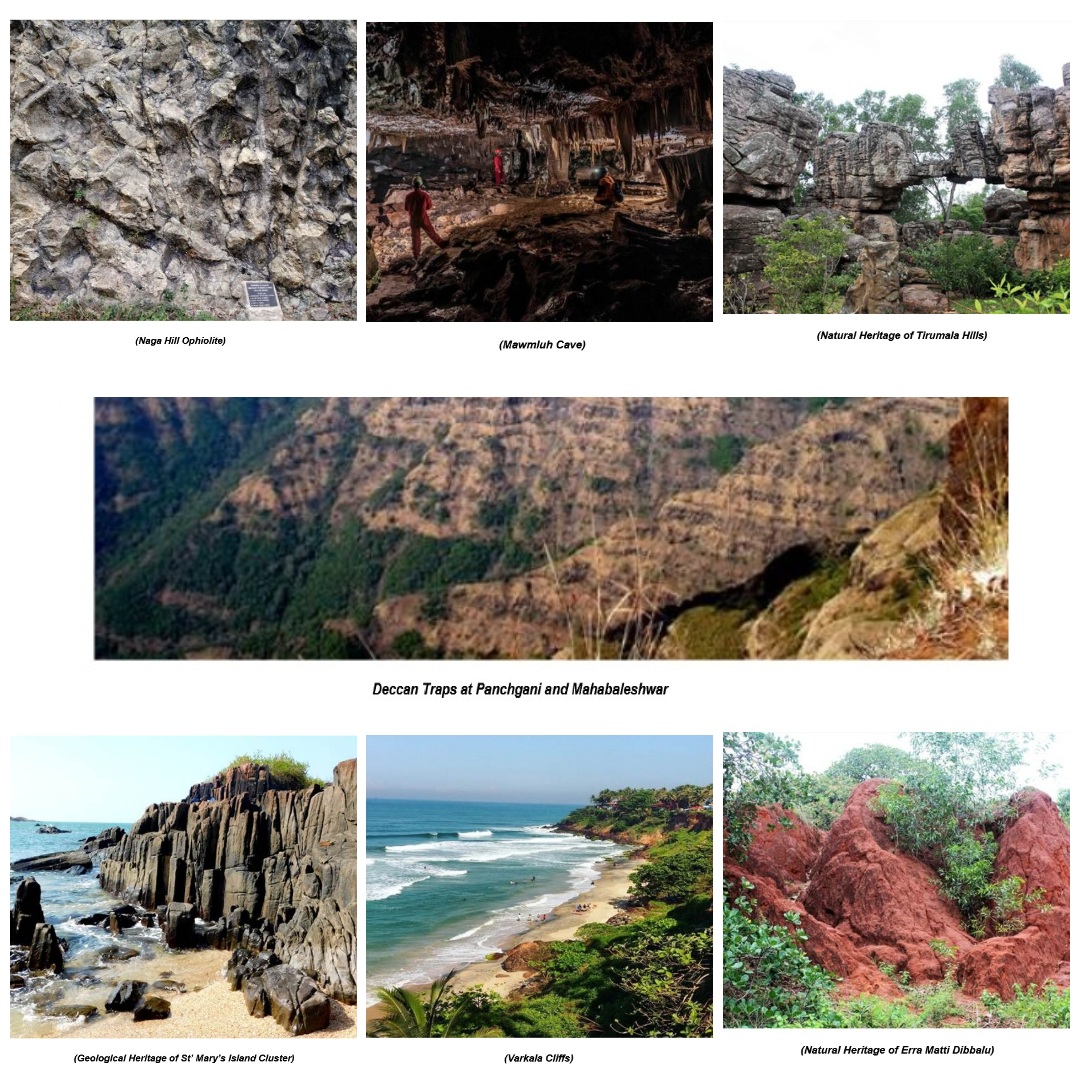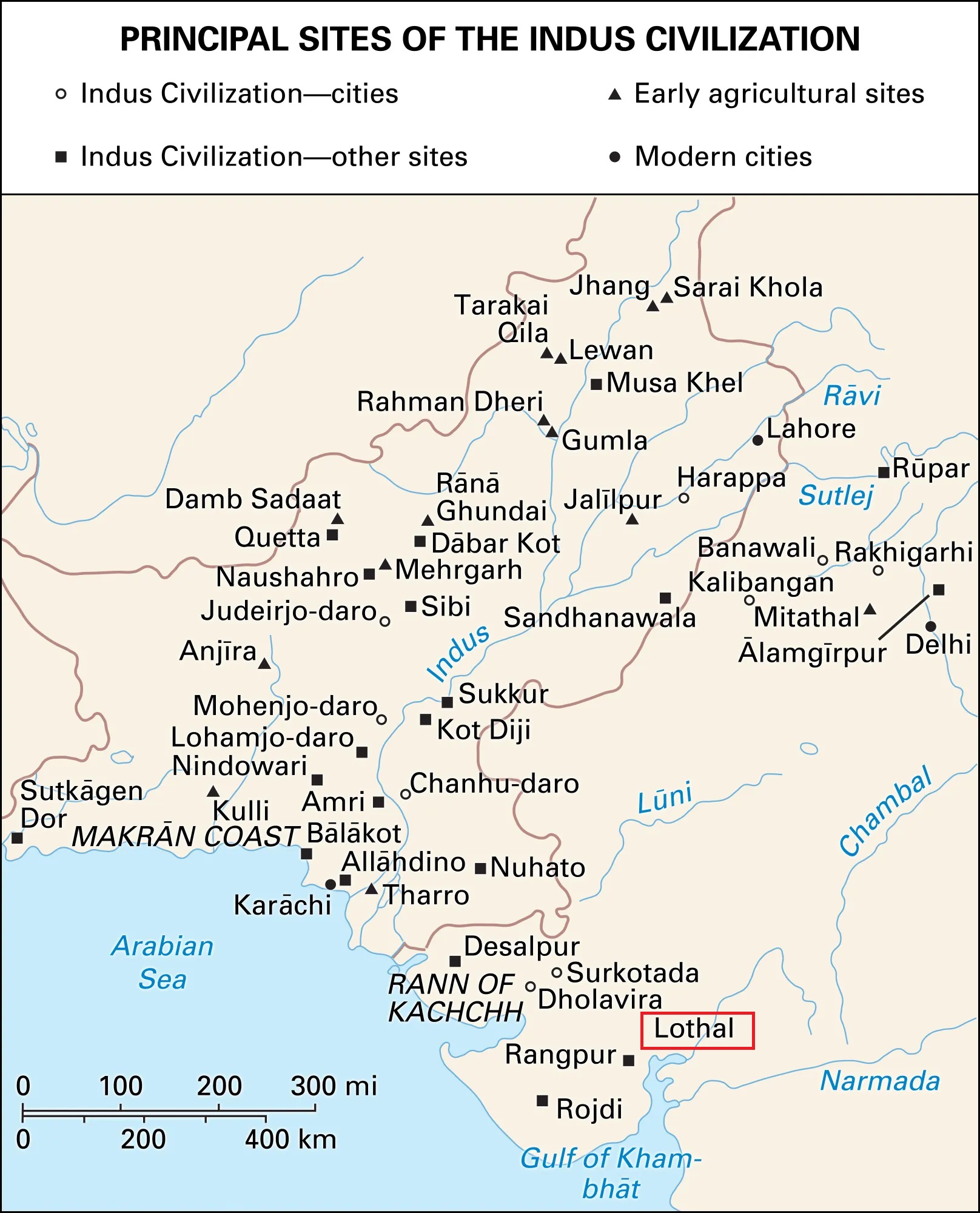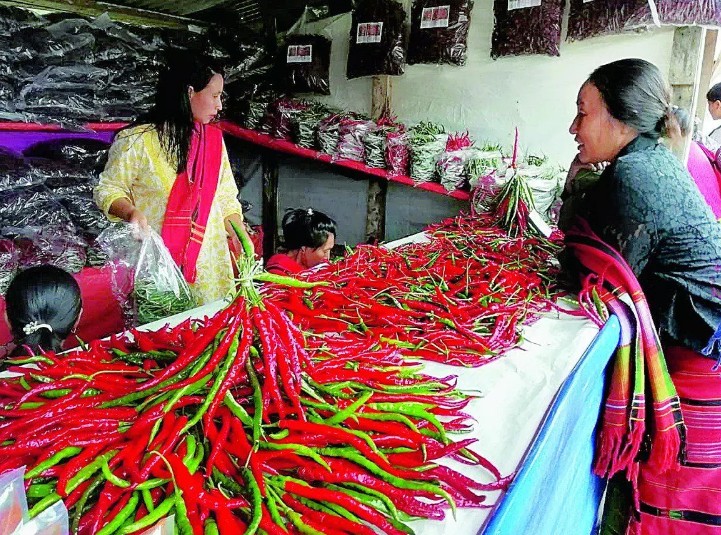Introduction
At the Global Conference on Climate and Health (July 2025, Brazil), 90 countries shaped the Belém Health Action Plan, which will guide the climate-health agenda at COP30 (Nov 2025). Ironically, India, despite having some of the most instructive welfare experiences linking climate and health, was not officially represented, a missed opportunity to emerge as a global exemplar.
India’s non-health interventions like the Pradhan Mantri Poshan Shakti Nirman (PM POSHAN), Swachh Bharat Abhiyan, Mahatma Gandhi National Rural Employment Guarantee Act (MNREGA), and Pradhan Mantri Ujjwala Yojana (PMUY) offer rich lessons for operationalising an integrated climate-health framework. They reveal that intentional, intersectoral action can yield multiple dividends: improved nutrition, reduced pollution, restored ecosystems, and healthier communities.
Why is this news significant?
India’s absence at Belém stands out because for the first time a global platform is drafting a climate-health action plan. While India has often been viewed through the prism of its energy transition challenges, this moment presented a chance to highlight its homegrown welfare successes with global resonance. The paradox is striking: even without designing policies as “climate policies,” India has reaped climate-health co-benefits, unlike many countries still struggling to integrate the two. Yet, persistent failures like high LPG refill costs in PMUY and siloed governance highlight the scale of unfinished work.
What is the Belém Health Action Plan (BHAP)?
- The BHAP is a strategic framework being finalized ahead of COP30 (Nov 2025, Belém, Brazil) intended to integrate health into climate change adaptation.
- It emphasizes health equity, climate justice, and social participation alongside strengthening health systems to be resilient in face of climate change.
Key Features / Action Lines
Some of its priority action lines include:
- Surveillance & Monitoring:
-
- Linking climate/environmental data with health surveillance, early warning systems (for heatwaves, epidemics, etc.).
- Real-time data, local / community-level monitoring.
- Evidence-Based Policy Strategy & Capacity Building:
-
- Training health workforce, integrating mental health & psychosocial support measures.
- Gender-responsive, inclusive policies, recognizing most vulnerable groups (women, Indigenous people, persons with disabilities).
-
- Resilient infrastructure and services (e.g. climate-adapted health facilities), sustainable supply chains.
- Focus on blended financing and mobilizing investments to make health systems adaptive and equitable.
- Cross-cutting priorities:
-
- Health equity & climate justice: ensuring that adaptation efforts do not further marginalize vulnerable groups.
- Leadership & governance: accountability, social participation from civil society, clear institutional roles.
|
What lessons do India’s welfare programmes offer for climate-health synergy?
- PM POSHAN: Covers 11 crore children in 11 lakh schools, linking nutrition, agriculture, and education. Promotion of millets strengthens climate-resilient food systems.
- Swachh Bharat Abhiyan: Improved sanitation, public health, and environmental sustainability, while embedding dignity and cultural symbolism via Gandhi’s vision.
- MNREGA: Enhanced livelihood security while simultaneously restoring degraded ecosystems through water conservation and afforestation.
- PM Ujjwala Yojana (PMUY): Transition to clean cooking fuel cut household air pollution — a leading cause of respiratory illness — while reducing carbon emissions.
How has leadership and community engagement shaped outcomes?
- Political leadership: Direct involvement of the Prime Minister gave Swachh Bharat and PMUY inter-ministerial traction and public legitimacy.
- Community engagement: PM POSHAN leveraged parent-teacher committees, Swachh Bharat invoked cultural pride in cleanliness, ensuring local ownership.
- Cultural anchoring: Climate action framed as health protection resonates more deeply than carbon metrics.
What structural challenges persist in implementation?
- Administrative silos: Divergent sectoral mandates limit integrated outcomes.
- High refill costs in PMUY: Oil marketing interests often outweigh beneficiary affordability.
- Social barriers: Gender norms and cultural practices limit uptake of clean fuel and sanitation.
- Output vs. outcome gap: Programmes measure immediate coverage but not long-term health-climate impact.
What framework does India’s experience suggest for climate-health governance?
- Strategic prioritisation: Frame climate action as immediate health security, not distant environmental risk.
- Procedural integration: Embed health impact assessments into energy, transport, and urban policies.
- Participatory implementation: Leverage ASHA workers, SHGs, Panchayats as health-climate advocates.
Why is this vision critical for the future?
- High stakes: Delinking climate and health crises leads to fragmented solutions with escalating costs.
- Transformative potential: An intersectoral, whole-of-society approach could position India as a global leader in climate-health governance.
- Clear choice: Continue piecemeal efforts or pioneer a bold model aligning welfare with planetary health.
Conclusion
India’s welfare architecture has shown that policies designed for social welfare can unintentionally become climate-health interventions. The challenge now is to make this synergy intentional and institutionalised, with robust political framing, procedural integration, and community mobilisation. At a time when the world is drafting a global climate-health action plan, India’s absence from the table is a wake-up call: to convert scattered lessons into a coherent model of governance that others can emulate.
Value Addition
|
Key Concepts
- Climate-Health Nexus: Environmental policies often have unintended health impacts; health policies also influence climate outcomes.
- Co-Benefits Approach: One intervention (e.g., PMUY for clean cooking fuel) yields multiple dividends (better health, women’s empowerment, reduced emissions).
- Whole-of-Society Approach: Intersectoral coordination between ministries, communities, and local bodies ensures impact.
- Output vs Outcome Gap: Many Indian schemes achieve outputs (LPG connections, toilets built) but outcomes (sustained use, cleaner air, health equity) remain weak.
Important Data / Reports
- WHO Report (2021): Air pollution causes 7 million premature deaths annually worldwide.
- Lancet Countdown on Health and Climate Change (2022): South Asia faces one of the highest global burdens of climate-related health risks.
- India’s National Family Health Survey (NFHS-5, 2021): Despite welfare schemes, 35.5% of children under 5 are stunted and 32.1% are underweight, showing links between nutrition, climate resilience, and health.
- UNDP (2023): Every $1 invested in resilience and adaptation yields $4 in avoided losses.
- Global Conference on Climate & Health (Belém Plan, 2025): First global blueprint on climate-health integration.
|
PYQ Linkage:
[UPSC 2017] ‘Climate Change’ is a global problem. How India will be affected by climate change? How Himalayan and coastal states of India will be affected by climate change?
Linkage: India’s welfare schemes like PM POSHAN, PMUY, Swachh Bharat and MNREGA demonstrate that non-health interventions can mitigate climate impacts while improving public health. The Himalayan and coastal states, most vulnerable to warming, floods, and sea-level rise, can benefit from such intersectoral, resilience-building models. Thus, India’s climate-health vision provides practical pathways to address both regional vulnerabilities and national climate commitments.
Get an IAS/IPS ranker as your 1: 1 personal mentor for UPSC 2024
Attend Now







